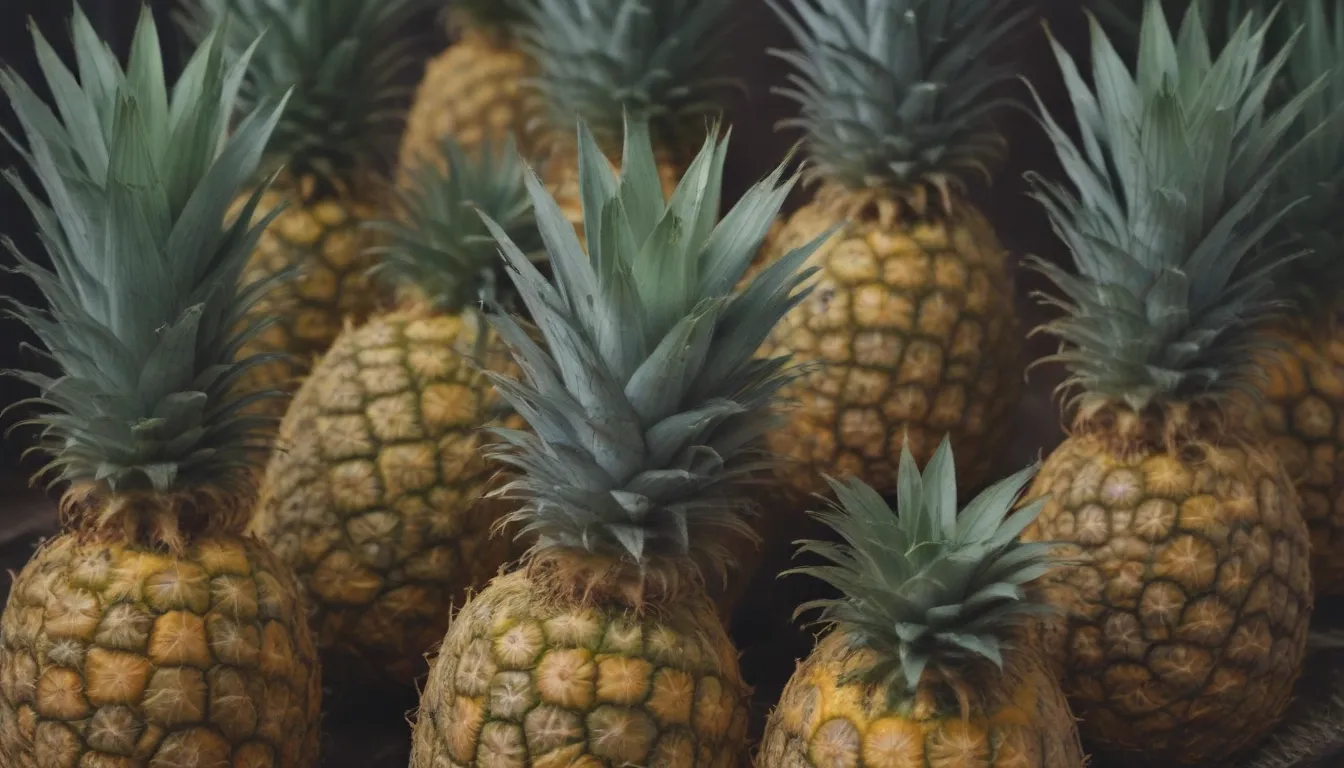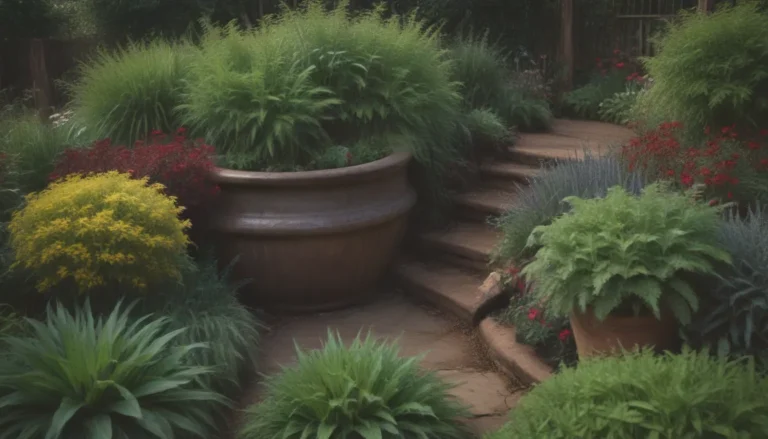The Ultimate Guide on How to Grow Pineapple Indoors

Are you ready to embark on a fun and rewarding gardening project that will bring a sweet payoff to your home? Growing your own pineapple indoors is not as difficult as you may think, and the end result – a delicious, homegrown pineapple – is definitely worth the effort. Whether you live in a cold climate where outdoor pineapple growing is impossible or simply want to add some tropical flair to your indoor space, cultivating a pineapple plant indoors can be a rewarding experience. In this comprehensive guide, we will walk you through everything you need to know to successfully grow a pineapple plant in the comfort of your own home.
Getting Started: Can You Grow Pineapple Inside?
Yes, you can absolutely grow pineapples indoors with relative ease. A successfully rooted pineapple plant will begin to grow within weeks, provided it receives plenty of warmth and adequate moisture. While it may take up to two years for the plant to produce mature fruit, the process is straightforward and rewarding. Pineapple plants can grow to be 3-4 feet tall, so it’s important to have ample space for them to thrive indoors. You can start growing pineapples indoors by purchasing a mother plant, planting offshoots produced by a mother plant, or by using the top of a mature fruit. Regardless of the method you choose, make sure to provide your pineapple plant with at least a 5-gallon bucket or pot for proper growth.
How to Grow Pineapple Indoors
Sunlight
Pineapples thrive in full sun, so it’s important to provide them with plenty of direct light – at least 6 to 8 hours a day. When choosing a spot for your pineapple plant indoors, opt for a sunny windowsill that receives ample sunlight.
Artificial Light
If your home lacks a sunny spot for your pineapple plant, consider investing in an artificial grow light to supplement natural sunlight. High-intensity or LED lights are ideal for helping your pineapple plant thrive, especially during the winter months when daylight hours are shorter.
Temperature and Humidity
Pineapples are tropical plants and prefer warm, humid conditions. Keep your plant in temperatures ranging from 65 to 95 degrees Fahrenheit for optimal growth. While pineapples can adapt to the humidity levels in your home, misting the plant occasionally in dry climates can help maintain proper moisture levels.
Watering
Water your pineapple plant regularly, ensuring that the soil is moist but never waterlogged. Pineapples will grow more slowly if they’re underwatered, but it’s better to err on the side of caution and avoid overwatering, which can lead to root rot. Water your plant from the top down, allowing the soil to dry out slightly between waterings.
Fertilizer
Feed your pineapple plant with a weak liquid fertilizer monthly during its growing season. After the first year, you can decrease the frequency of fertilizing to every few months. Avoid over-fertilizing, as this can damage the plant.
Pruning and Maintenance
Pruning your pineapple plant is more about aesthetics than plant health. Simply trim back longer leaves for a more uniform appearance.
Container and Size
A 5-gallon container is suitable for the growing cycle of a pineapple plant. Choose a container with proper drainage, such as terra cotta, ceramic, or a plastic bucket.
Potting Soil and Drainage
Plant your pineapple in moist, well-draining soil. While any traditional potting mix will suffice, you may find a bromeliad-specific soil blend that works well. Pineapples prefer slightly acidic soil but can thrive in neutral pH levels.
Potting and Repotting
Pineapple plants typically do not need repotting, as they can grow new shoots from the base. When the plant fruits and you harvest the fruit, the mother plant will decline, so focus on caring for the offshoots instead.
Moving Pineapple Outdoors for the Summer
Pineapples can thrive outdoors during the summer months, but pay attention to watering needs and temperature fluctuations.
Considerations
- Monitor watering needs, as pineapples prefer under-watering to overwatering.
- Keep the plant in full sun and watch for temperature changes.
- Bring the plant indoors when temperatures drop in autumn to prevent dormancy.
Propagating Pineapple from Grocery Store Fruit
To propagate a pineapple from a store-bought fruit, follow these steps:
1. Twist or cut off the leafy top of the pineapple.
2. Remove some of the lower leaves.
3. Plant the cutting so the leaves are flush with or slightly above the soil line.
4. Water the plant regularly to keep the soil moist.
5. Roots will begin to form in about 8 weeks.
Common Pests and Pest Control
Keep an eye out for common pests like mealybugs and scale insects. If you notice an infestation, treat the plant with neem oil or another non-toxic horticultural oil until the pests are eradicated.
Growing a pineapple indoors can be a fun and rewarding experience, yielding delicious homegrown fruit. By following these simple steps and providing your plant with the right care and conditions, you can enjoy a thriving pineapple plant in your home. So roll up your sleeves, grab a pineapple top, and get ready to grow your own tropical treat right in your living room!





